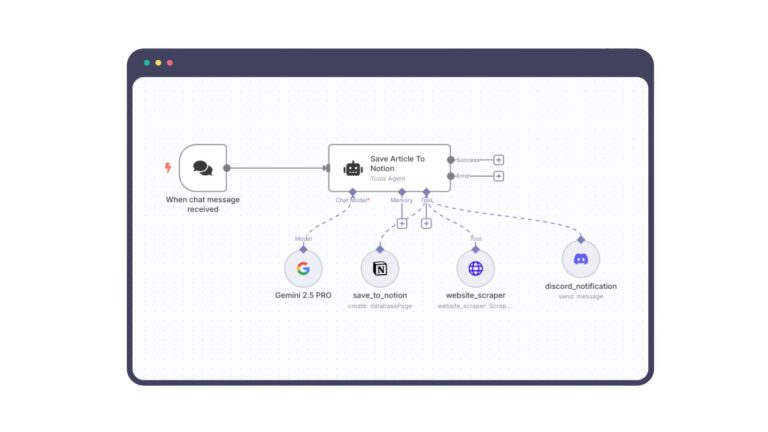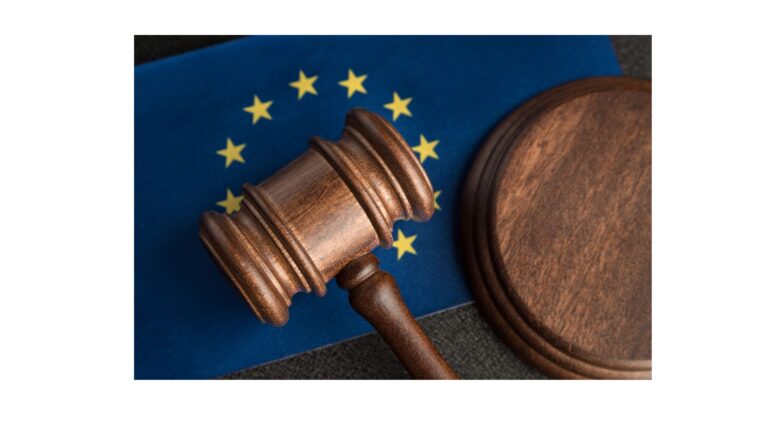Maya’s laptop screen glowed against the late-night darkness of her tiny home office. As the founder of a fledgling health-tech startup, she was used to long hours squashing bugs in code or polishing pitch decks. But tonight’s battle was different. Her whiteboard was crammed with acronyms – HIPAA, SOC 2, PCI-DSS, GDPR – each encircled, connected by frantic lines like a treasure map drawn in haste. Except Maya didn’t feel anywhere close to finding treasure. In fact, she felt lost. A hospital she hoped to partner with had just asked about her compliance certifications, an investor due diligence checklist was looming, and news of another health startup’s data breach flickered in her mind. Maya ran a hand through her hair and sighed. When did “founder” start to mean “chief firefighter for security and compliance nightmares”?
Lost in the Maze of Compliance (Startup’s Dilemma)
Maya’s predicament is one many startup founders know all too well. One moment you’re racing to build a product and scale up, and the next you’re knee-deep in questions about security questionnaires, audit requirements, and privacy laws. It can feel like being dropped into a maze with no exit sign in sight.
What Maya was experiencing is practically a rite of passage for modern startups. Compliance and cybersecurity standards often start as a faint blip on a founder’s radar – until suddenly they’re front and center, demanding attention. A founder’s instinct might be to push these concerns aside (“We’ll deal with security later, after we grow a bit more”). But reality hits hard, Investors care deeply about these issues too. Many see a weak security posture as a red flag – a risk that could sink the company they’re about to pour money into.
A recent industry report found that nearly 29% of organizations have lost a new business deal because they were missing a compliance certification. Almost one in three! Maya could practically see the future revenue slipping away if she got this wrong. Furthermore, a survey revealed that 85% of people said knowing a company’s data privacy policies is important before making a purchase.
But how on earth a small startup with few employees can manage it? The founder is usually the de facto CTO, product manager, and now, by necessity, the head of security. The teams are already stretched thin building the product and supporting early users. It is a classic startup catch-22: you can’t scale confidently without solid security and compliance, but focusing on those could pull energy away from actually scaling.
Maya isn’t alone in feeling this pinch. Most startups face exactly this resource crunch when dealing with compliance. Studies have found that limited staff and time are the biggest hurdles for young companies trying to meet security standards. It’s common for tech startups to go through multiple audits a year, each one eating up precious hours in evidence collection and paperwork .
Not Just Red Tape – Compliance as a Trust Accelerator
Amidst the chaos, a pivotal realization dawned on Maya: compliance wasn’t the enemy of her startup’s agility – it could be an ally. Yes, it felt like a labyrinth now, but those who navigated it smartly could find treasure at the end. In other words, the startups who treated security and compliance not as a one-time hurdle but as a core business strategy were reaping the rewards. It even phrased it beautifully: “Security is no longer just a checkbox – it’s a business enabler that builds trust with customers, partners, and investors”.
There was also the darker side of the equation – the risks of getting it wrong. In health-tech, a security failure isn’t a trivial matter. She remembered reading about the average cost of a healthcare data breach being nearly $10 million in damages this past year. For a startup, a hit like that would be game over. Financially, reputationally – poof. Gone. It’s the kind of nightmare you don’t wake up from.
So compliance and security were not just lines on a checklist; they were promises to her stakeholders. A promise to her investors that she was building a robust company with longevity. A promise to hospitals and partners that she was a serious, trustworthy collaborator. A promise to users that their data – their stories, their health – was safe in her hands.
Finding the North Star – A vCISO to Guide the Journey
One afternoon, over lukewarm coffee at a co-working space, Maya was venting to a fellow founder about her mounting compliance to-do list. Her friend listened sympathetically and then asked, “Have you thought about getting a vCISO?” Maya blinked. “A what, now?”
Her friend explained: “A virtual Chief Information Security Officer. Basically, an on-demand security executive who can help you strategize and manage this stuff.”
It turned out that many organizations who can’t afford a full-time CISO are turning to virtual options. And it’s no wonder – hiring a full-time Chief Information Security Officer is expensive. Maya nearly spit out her coffee reading the figures: a traditional CISO’s salary can range from around $208,000 to $337,000 per year (and that’s not even counting bonuses or equity). There was no way her startup could budget for that kind of role at this stage. But a vCISO? That could be scaled to what she needed – whether it was a few hours a week or a special engagement for a project.
The more Maya read, the more this idea made sense. A vCISO is not just an auditor or an IT contractor – it’s a seasoned security leader who plugs into your team as though they were a part of your executive roster, but flexibly and fractionally. They could help her identify which compliance frameworks made sense to tackle first and lay out a cybersecurity roadmap. In short, a vCISO could be the strategic partner she didn’t realize she was missing – a true North Star to guide her company’s security journey.
What would that look like in practice? A good vCISO often wears many hats – a bit of a chameleon that adapts to a startup’s needs. They might spend one day sitting in on her leadership meeting to align security with business goals. The next day, they could be rolling up their sleeves, acting as a consultant to draft policies, design network architecture, choose the right encryption protocols for her app. They could manage a risk assessment, figuring out where the real vulnerabilities in her product were, and then be a project manager to fix those issues. And importantly for a first-time founder like Maya, a vCISO could also be a coach, training her small team on security best practices.
An external vCISO who had seen dozens of other startups (and likely, all the mistakes to avoid) could quickly point out “Hey, you might want to implement XYZ control here, it’s a cheap fix that will save you headaches,” or “These two compliance requirements overlap – we can satisfy both with one set of measures.” That kind of insight is gold. It saves time and money, both of which startups needed to conserve.
Most importantly, a vCISO could help tie security efforts to business outcomes. A savvy vCISO keeps an eye on the big picture – they ensure you’re not just “compliant,” but that you’re actually leveraging compliance to open doors. Perhaps with a vCISO’s guidance, the next time an enterprise client asked if her startup met X or Y standard, she could proactively flaunt. “Oh, you’re worried about data protection? Let me tell you about our thorough security program and certifications.”
A Newfound Clarity and the Road Ahead
Empowered by this newfound clarity, Maya decided to bring a vCISO on board as an advisor to her startup. The effect was almost immediate. In their first strategy call, they sketched out a high-level timeline: first, get the basics of HIPAA compliance in motion and next, implement some quick security wins – things like two-factor authentication, encrypted databases, regular software patching – to reduce the risk of an incident in these critical early months.
But crucially, her vCISO didn’t treat these as disconnected tasks; it was a unified strategy, a tailored roadmap that aligned with her product launches and fundraising plans. Suddenly, what had felt like a chaotic tangle of obligations transformed into a series of manageable waypoints on a journey.
Of course, the story doesn’t end here. Maya’s startup journey is just beginning, and there are plenty of challenges still ahead on the survival map. But now with a vCISO by her side acting as a steady compass, she can focus on innovation and growth, knowing that security and compliance are under control and pointed true north.








